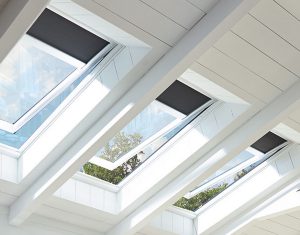In recent years, the cost of antenna rotators for sale has experienced a noticeable upward trend, affecting both consumers and the industry. This review aims to explore the key factors contributing to the rising prices of antenna rotators and the implications of antenna rotator for sale.
Factors behind the Rising Cost:
Material Costs:
One prominent factor contributing to the increase in antenna rotator prices is the rising cost of raw materials, particularly metals like steel and aluminum.
Fluctuations in global commodity prices, driven by increased demand and supply chain disruptions, have made these essential materials more expensive for manufacturers.
Labor Costs:
Labor costs have been steadily climbing, posing a significant challenge for manufacturers.
Companies need to offer competitive wages and benefits to attract skilled workers, resulting in higher production expenses that are eventually passed on to consumers.
Technological Advancements:
While technological advancements have led to improved antenna rotator performance, they have also contributed to rising costs.
Manufacturers investing in research and development to integrate advanced features, such as remote control capabilities and precision algorithms, incur additional expenses that impact product pricing.
Supply Chain Disruptions:
Supply chain disruptions, including shipping delays and shortages of critical components, have been a recurring issue for manufacturers.
To mitigate these disruptions, companies may resort to expedited shipments and alternative suppliers, incurring additional operational costs that influence product pricing.
Implications:
Higher Consumer Costs:
The direct consequence of the rising cost of antenna rotators is an increase in the price tags consumers encounter when purchasing these devices.
This can be a concern for individuals and businesses seeking cost-effective solutions for their communication needs.
Challenges for Manufacturers:
Manufacturers are faced with the challenge of balancing profitability with the need to remain competitive in a market where prices are on the rise.
Strategies such as cost optimization and value-added features become essential to maintain a competitive edge.
Innovation and Competition:
The pressure to justify higher prices has led some manufacturers to focus on innovation, introducing advanced features that offer added value to consumers.
Increased competition in the marketplace may encourage manufacturers to find creative solutions to manage rising costs while delivering quality products.
Conclusion:
The rising cost of antenna rotators for sale can be attributed to various factors, including material and labor costs, technological advancements, and supply chain disruptions. Consumers may face higher purchase prices as a result. However, manufacturers are navigating these challenges by innovating and striving to deliver quality products in a competitive market. The long-term impact of this trend will depend on how effectively the industry adapts to the evolving cost landscape.







